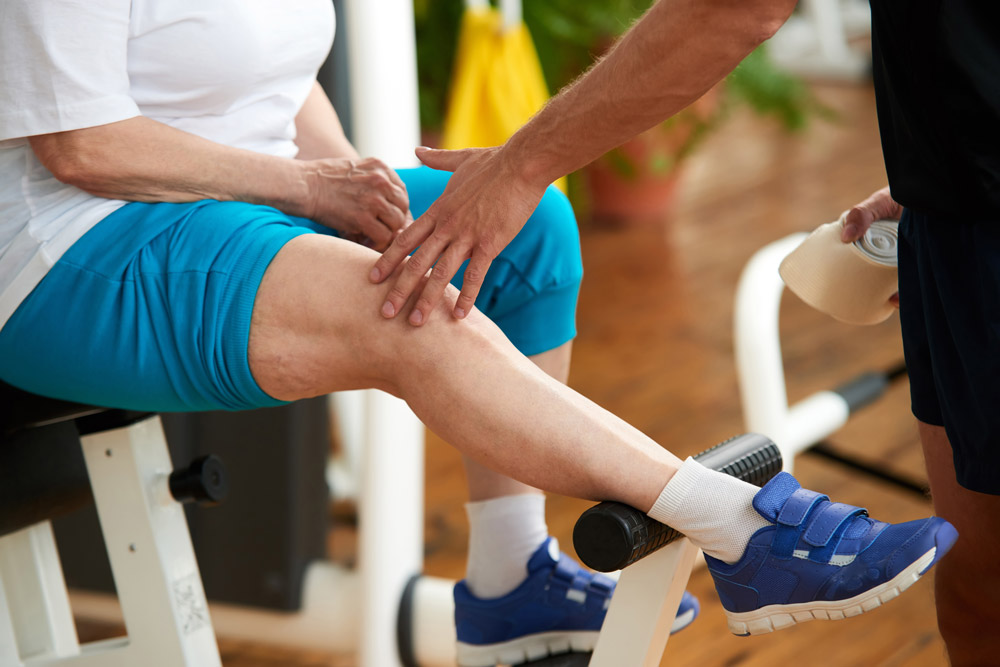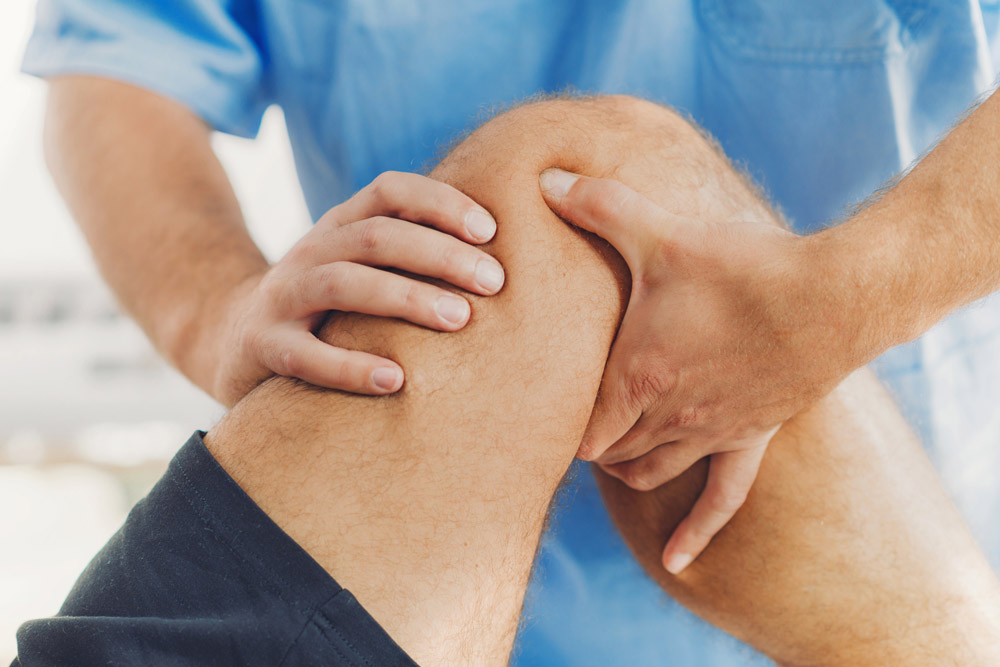KNEES THAT CLICK: WHY THEY HAPPEN AND HOW TO KEEP THEM QUIET
Noisy knees appear to be a regular complaint with many of Pivotal Motion Physiotherapy patients.
The most common concerns being knees that click, pop or feel generally unstable.
For the majority of us that like to stay on the go at all times and tend to ignore these not so silent symptoms, we might be setting ourselves up for far more serious injuries in the future.

Turns out, these little clicks, clunks and pops may or may not indicate damage to certain structures in the knee. Some of these structures include:
MENISCI
These are wedge shaped cartilaginous discs that sit on top of the tibia (your shin bone). The medial and lateral menisci serve to help with shock absorption and loading through the knee joint. Minor degenerative changes or damages can result in clicking of the knee.
SYNOVIAL PLICA
The synovial membrane is a lining around the knee joint encompassing the knee joint and synovial fluid.
The plica is a fold in this membrane and is usually found on the inside of your knee. Irritation of the plica can cause clicks and pain in the knee.
LIGAMENTS
The four ligaments in your knee are Anterior Collateral Ligament, Posterior Collateral ligament, Medial collateral and Lateral collateral ligaments.
In the event of serious injuries, these ligaments can all go out with a POP! Minor sprains and tears can be the cause of moderate pain.
TENDONS
There are a few major tendons that attach at your knee. Abnormal biomechanics due to an inefficient gait pattern can cause some these tendons (such as your quadriceps tendon) to flick over different structures with an audible “click”.
While this may not be a reason to panic, this condition can cause irritation of the tendon, causing pain and swelling.
CREPITUS
Grinding noise of the patella as it guides over the femoral condyles. More audible during a functional movement such as squat, lunge or stairs as examples. A change in how you perform that tasks (correct technique) is often one way to decrease this knee click and pain that may be associated.
Damage on a small scale means that your knee is starting to become less stable which in turns means you’re more likely to damage the bigger structures in your joint like your ligaments and tendons. That’s only the start of your troubles though.
Research has shown that people with meniscal injuries are more prone to damaging their anterior cruciate ligament (ACL). It has also been hypothesised that injury to these structures increases possibility of developing osteoarthritis later in life.


PHYSIOTHERAPY CAN HELP WITH A CLICKING KNEE.
We advise that you come see your physiotherapist if you notice anything abnormal about your knees- a click, a clunk, a pop, a feeling of instability, sudden or ongoing worsening pain, swelling or the feeling that your knees are giving way.
Based on a thorough assessment of your knee, your therapist may be able to determine the source of pain and recommend an appropriate treatment pathway.
PHYSIOTHERAPY TREATMENT FOR A CLICKING KNEE.
This might include strengthening exercises for muscles that stabilise your knee, taping, manual therapy, massage and in some circumstances referral for further investigation through medical imaging or other health professionals.
It takes 50 000 repetitions to make a habit permanent. Improving the quality of movement and strength around the knee takes the same amount of practice.
With time, a little help from Pivotal Motion Physiotherapist and a tiny bit of hard work you might just be able to say goodbye to those suddenly symphonic knees. Book an appointment online or call us today on 07 3352 5116.

